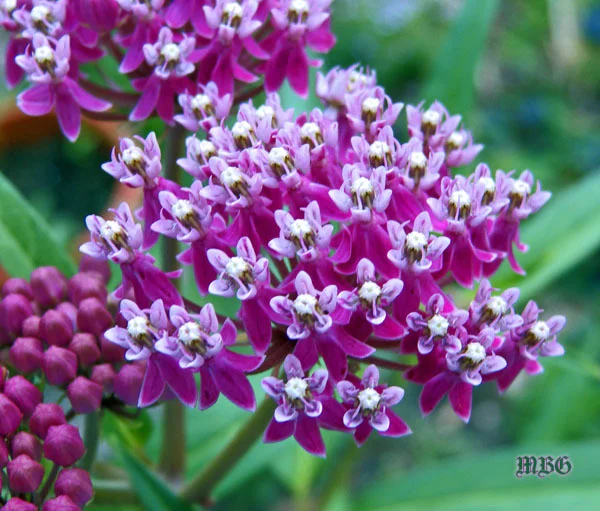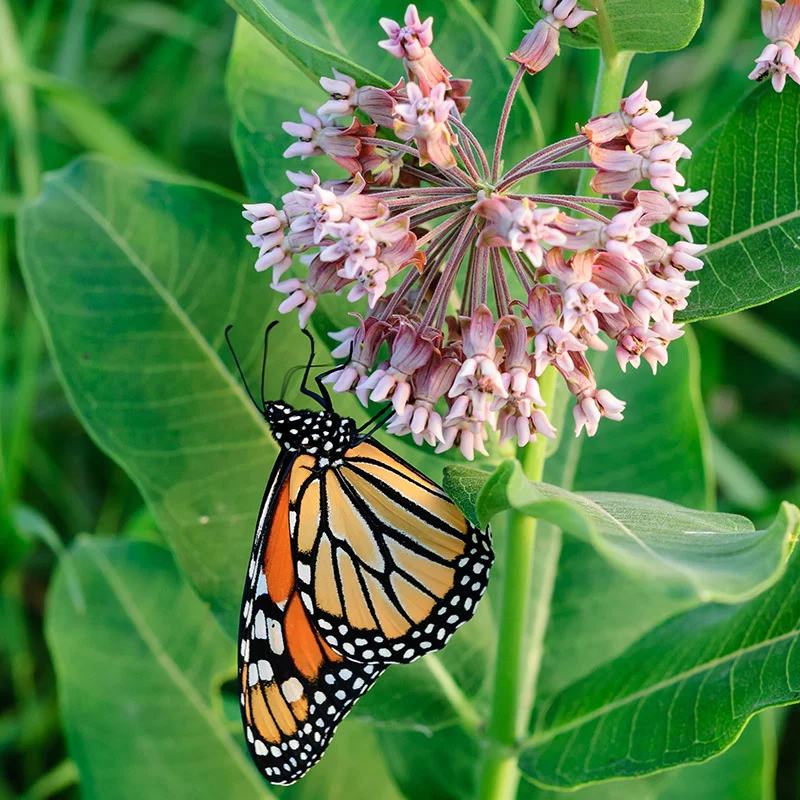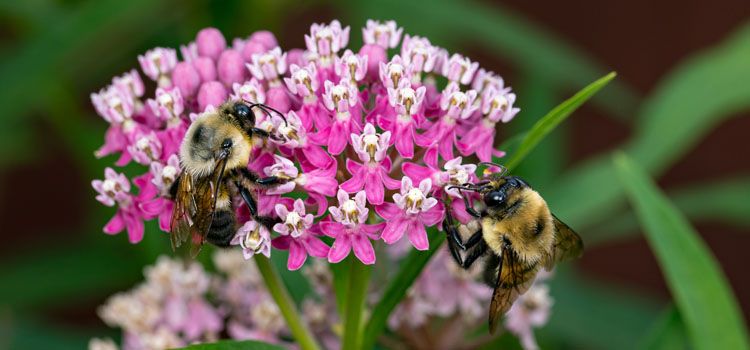By Barbara Pleasant – January 25, 2024
A vibrant garden isn’t just for aesthetics—it’s a haven for pollinators and an essential contributor to the ecosystem. My dream of a colorful flowerbed at the edge of my vegetable garden also needed to serve a practical purpose: resisting the constant threat of deer and rabbits. Fortunately, milkweed became my secret weapon. Not only do these plants deter hungry wildlife, but they also provide critical support for endangered monarch butterflies as larval host plants.
Why Milkweed?
Milkweeds are adored by pollinators yet avoided by deer and rabbits, thanks to their bitter taste and sticky sap. They add beauty, resilience, and ecological value to any garden, making them a gardener’s ally. Here are three types of milkweed that excel in various conditions:
1. Butterfly Milkweed (Asclepias tuberosa)
Commonly known as butterfly weed, this variety forms a compact mound under 3 feet wide and thrives in sunny, dry locations. Its vibrant orange flowers are a favorite among pollinators, including bees and butterflies. Varieties like ‘Hello Yellow’ (bright yellow blooms) and the multicolored ‘Gay Butterflies’ mix add versatility to your garden’s palette.
Butterfly milkweed’s non-invasive nature and seed pods, perfect for dry arrangements, make it a standout. In the UK, seeds can be sourced from suppliers like Chiltern Seeds.
2. Swamp Milkweed (Asclepias incarnata)
Don’t let the name fool you—swamp milkweed adapts well to regular garden beds, tolerating both moist and well-drained soils. Also called rose or red milkweed, its vanilla-scented blooms flourish in part-shade and provide lasting beauty, especially when stems are harvested for bouquets.

Popular cultivars include:
- ‘Soulmate’: Fragrant pink blooms.
- ‘Cinderella’: Mauve-pink clusters.
- ‘Ice Ballet’: Creamy white flowers.
- ‘Milkmaid’: Nearly white blooms, bred for cutting.
3. Common and Showy Milkweeds
For larger spaces or wildflower gardens, common milkweed (Asclepias syriaca) and its western cousin, showy milkweed (A. speciosa), are ideal. These vigorous spreaders create a butterfly haven but require plenty of space due to their aggressive growth habits.

To manage their spread, cut some stems in early summer to promote late-season blooms for monarchs. Remember, these plants are best suited for informal settings or areas where tidiness isn’t a priority.
Tips for Growing Milkweed from Seed
Growing perennial milkweeds from seed is straightforward and rewarding. For species like butterfly milkweed, seeds can be sown indoors or outdoors in late winter without much fuss. Techniques such as cold stratification or winter sowing can boost germination, but they aren’t essential.
For common milkweeds, direct sowing where you want them to grow works best. Young seedlings are relatively easy to transplant, but mature plants resist being moved. Exposing seedlings to early spring’s cool weather can encourage robust growth and first-year blooms.
Caring for Milkweed
When cutting milkweed stems for bouquets, always check for monarch eggs or larvae. Allow cut stems to rest outdoors to let tiny insects vacate before bringing them inside. To extend vase life, seal the cut ends in a candle flame.
Be cautious when handling milkweed. Its sticky white sap can irritate the skin, so wear gloves when pruning or trimming.

A Gift to Nature
Last spring, I joined a local initiative to grow thousands of native milkweed seedlings. We shared them during Wildflower Wednesday events, fostering awareness and action for pollinator conservation. Milkweeds not only beautify gardens but also support vital species, making them a worthy addition to any landscape.
Whether you’re outsmarting rabbits and deer or aiding endangered monarchs, milkweed offers a win-win solution. Start planting today, and let your garden bloom with purpose and resilience.
